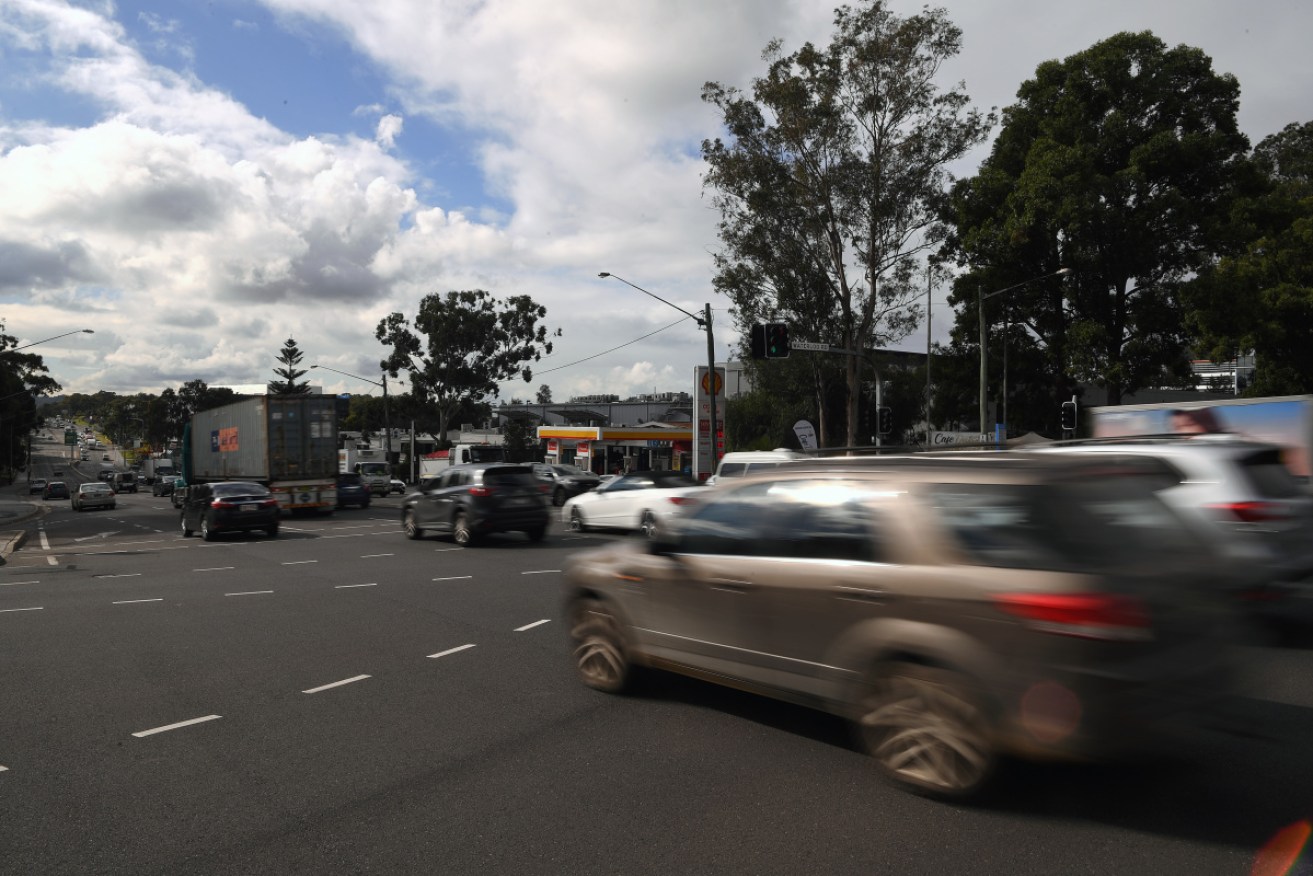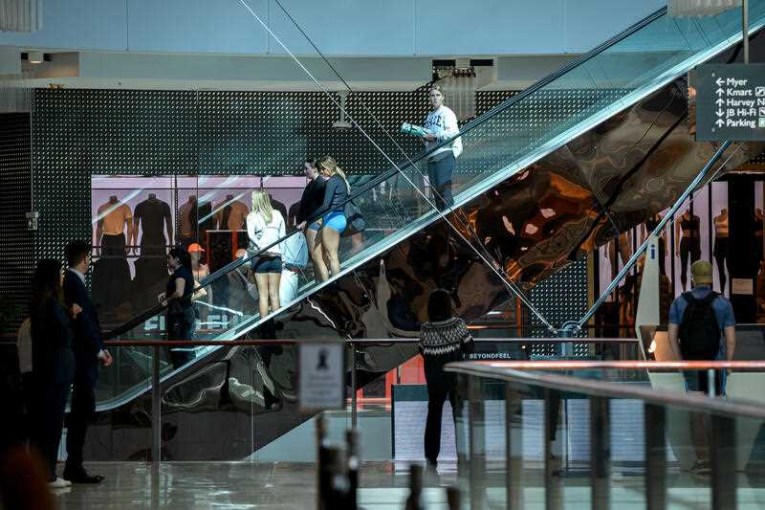Inquiry told hiding speed cameras the ‘wrong decision’

The removal of signage for mobile speed cameras has not helped make the roads safer, critics says. Photo: AAP
The removal of warning signs from mobile speed cameras in New South Wales was made “in good faith” but a former NSW roads minister making a rare public comment on the issue says it was the “wrong decision”.
Former NSW Roads Minister Duncan Gay told a NSW parliamentary committee on road safety inquiry “one of the best safety (incentives) is a marked police car with a copper in it” and signposting cameras had a similar effect.
But highway patrol cars that “back up into the trees and hide behind billboards” are “just wrong”.
“Speed cameras are important, but they shouldn’t be there for entrapment,” Mr Gay said.
The public is “pretty cynical” on speed cameras, and while he wasn’t roads minister when it happened, Mr Gay says the government made the decision to remove signs in good faith based on the advice they had.
He says claims of revenue raising sparking the decision were “a load of rubbish”.
During his time as roads minister between 2011 and 2017, Mr Gay removed speed cameras he says “were not fulfilling a proper purpose”.
Some of them “were in the wrong place” and moved to other areas.
Additional cameras were added to the collection and the number of cameras around the state increased.
NSW opposition roads spokesperson John Graham said the committee heard “a lot of common sense” from Mr Gay.
Mr Graham said public support has been damaged by removing warning signs without consultation, but “there is an opportunity now to reach a bipartisan agreement about returning” them.
The National Motorists Association Australia’s Michael Lane earlier told the inquiry that more police officers actively patrolling the roads would improve the public perception of enforcement and be better than more cameras.
If an officer is not pulling people over and talking to them about their behaviour, and is “just hiding in the bushes” doing speed checks, they aren’t properly doing their job.
“A camera is just a fine in the post later. It doesn’t mean anything,” Mr Lane said.
The fines also had a more adverse effect on people with less money, and losing your licence in a regional area for accruing demerit points made a bigger difference than for someone living in a city with public transport options.
University of Adelaide’s Centre for Automotive Safety Research director Jeremy Wooley told the inquiry more police on the roads would help “to a point” but posed resourcing and financial challenges.
“With automated camera technology, you can deploy over much larger areas and be far more efficient,” Dr Wooley said.
He cited research suggesting “even a threefold increase in police activity isn’t sufficient to generate the desired outcomes”, and cameras should be located with “an element of randomness” because the location of fatal crashes changes from year to year.
“What we want is a generalised suppression effect, not just in the locations where there happened to have been a fatality,” Dr Wooley said.
The NSW government announced in November last year that the warning signs for mobile speed cameras would be removed, but in August announced fixed warning signs would be rolled out as a reminder to motorists they can be caught anywhere at any time.
The partial backtrack came after a surge in the number of people being fined for going less than 10km/h over the limit, with areas of Western Sydney and regional NSW bearing the brunt.
-AAP








